AO Edited
Lexington Arch
The limestone composition of this spectacular arch makes it unique to the region.
The Lexington Arch is both large, with a span of about 60 feet and a height of about 50 feet, and unusual.
Unlike most of the iconic arches in the Southwest, it’s composed of limestone rather than sandstone. It’s believed that the arch is all that remains of a collapsed cave. This is suggested by reports of cave deposits (flowstone) still preserved within the arch. In addition, limestone bedrock is ubiquitous in the area and hosts several caves. Lehman Caves in the main part of Great Basin National Park is the most famous example
The 2016 Strawberry wildfire destroyed the forest cover in the vicinity of the arch, and debris flows from subsequent flash floods obliterated the original trailhead, such that the hike starts about a mile farther than in the past.
The area is still well worth a visit, however, and in fact, the absence of the forest cover gives views of the arch while still far away on the trail.
Know Before You Go
To get there, turn off Utah State Route 21 about six miles south of the Nevada line at a well-marked graded road.
This road enters Nevada about 3.1 miles in; turn left about 11 miles in onto the South Fork Lexington Creek road, which should be signed for Lexington Arch.
It's about 12.2 miles overall to the present trailhead. A rough road continues beyond the trailhead parking, the remnant of the original road, and a high-clearance vehicle with 4wd can probably proceed another half-mile or so. However, the original trailhead is now completely inaccessible to wheeled vehicles.
Unusually for a national park, dogs are allowed on the trail, probably because only the arch itself is in the national park. Most of the trail is on Bureau of Land Management land. The trail climbs to a ridge that gives spectacular views of the arch; there's even a park bench at a view site.
The trail does continue all the way to the arch itself, climbing up the back (south) side of the arch via a set of narrow and steep switchbacks to end up below the span. This part of the path, however, is likely to be snowed in till late April.
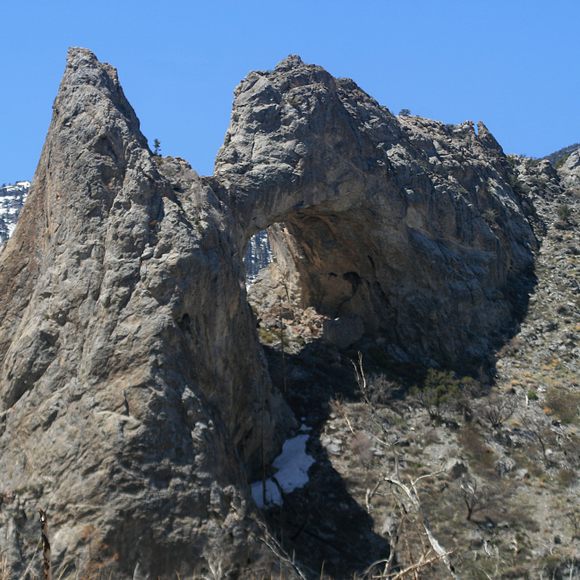


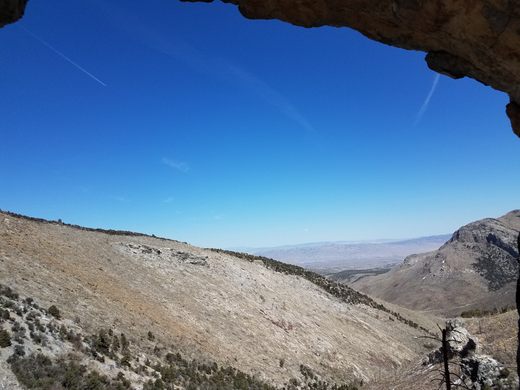


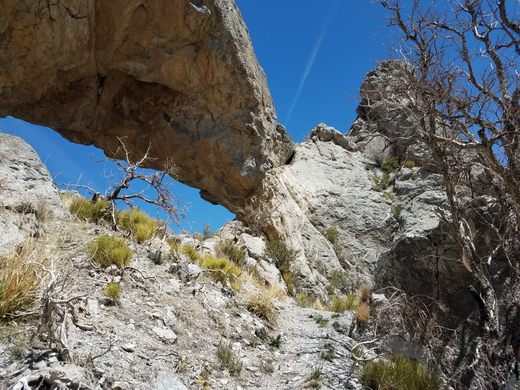
















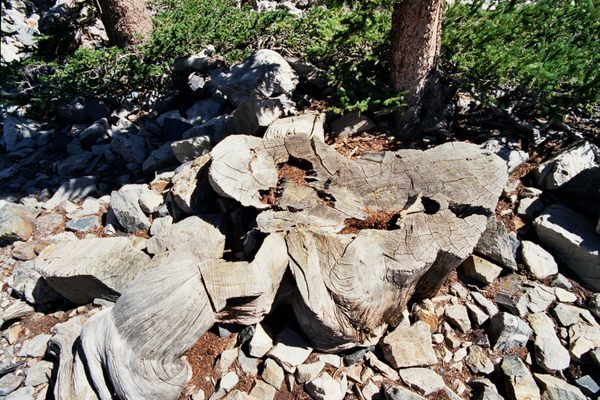

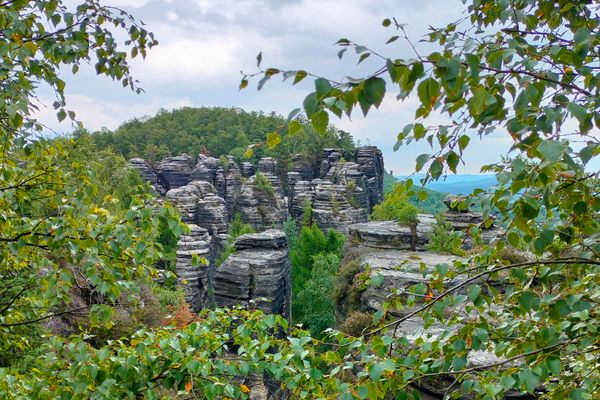
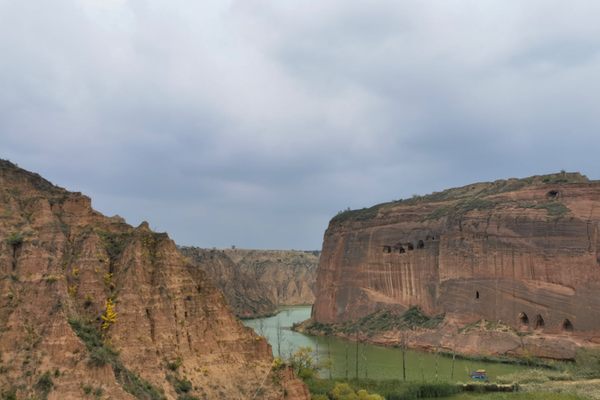


Follow us on Twitter to get the latest on the world's hidden wonders.
Like us on Facebook to get the latest on the world's hidden wonders.
Follow us on Twitter Like us on Facebook